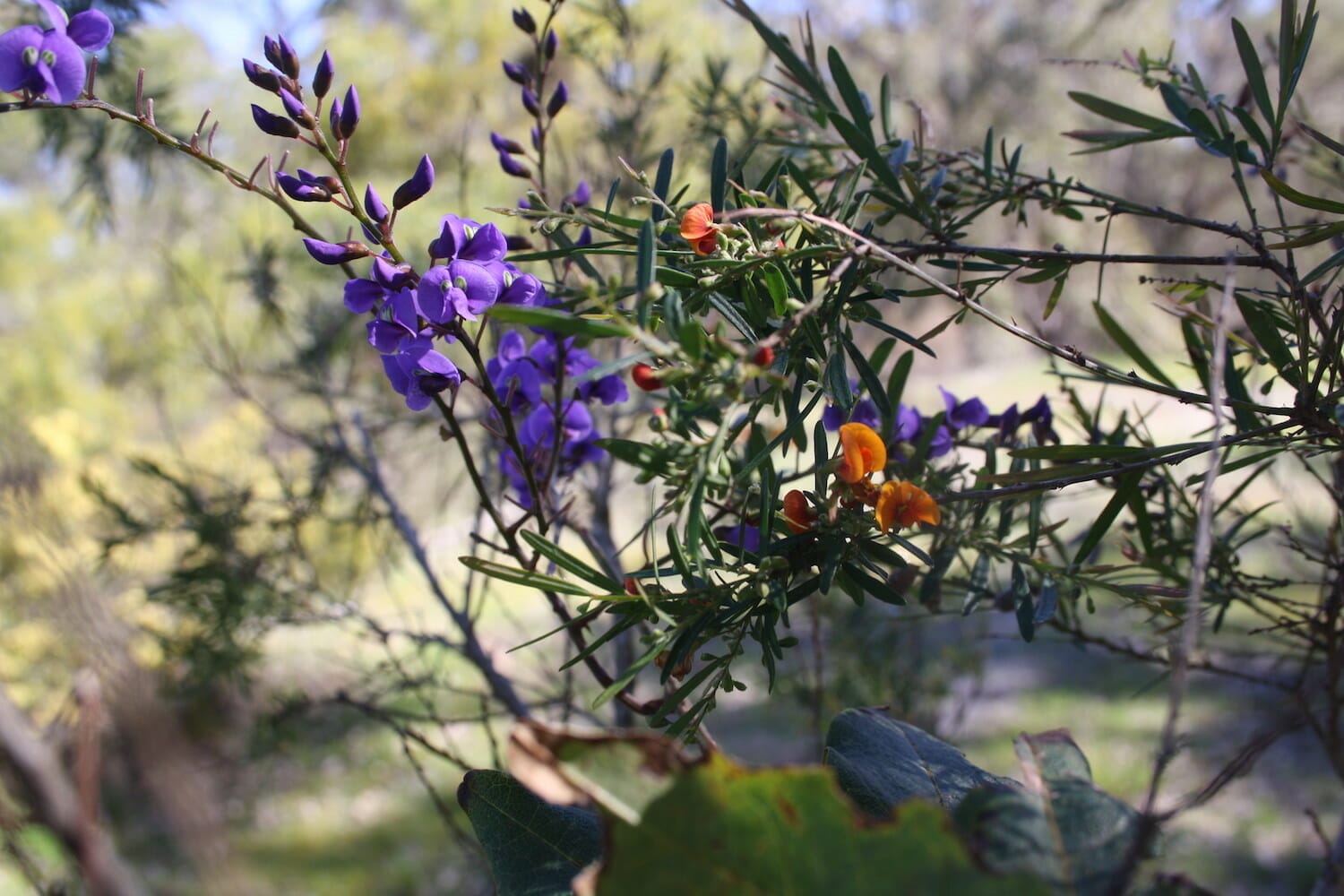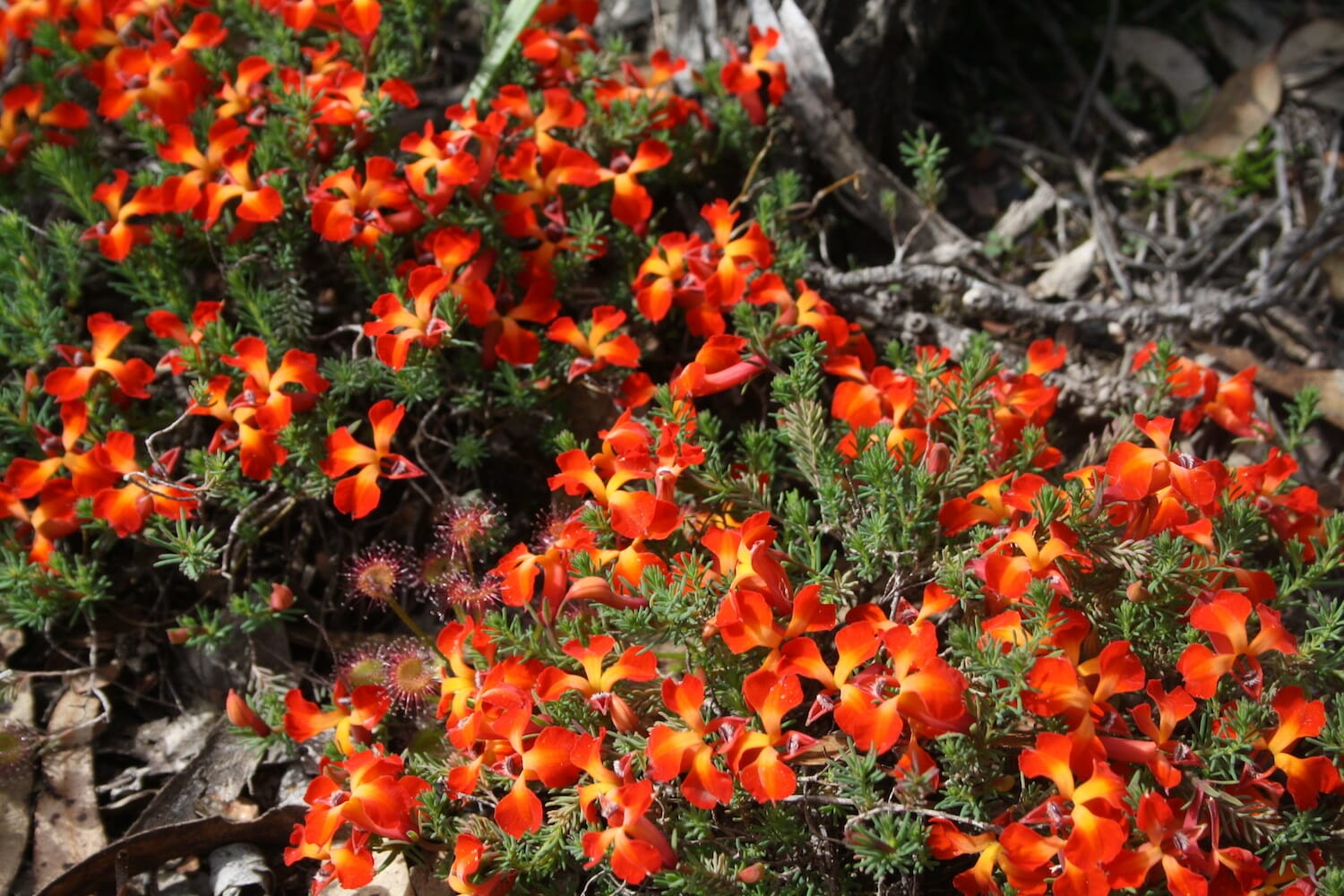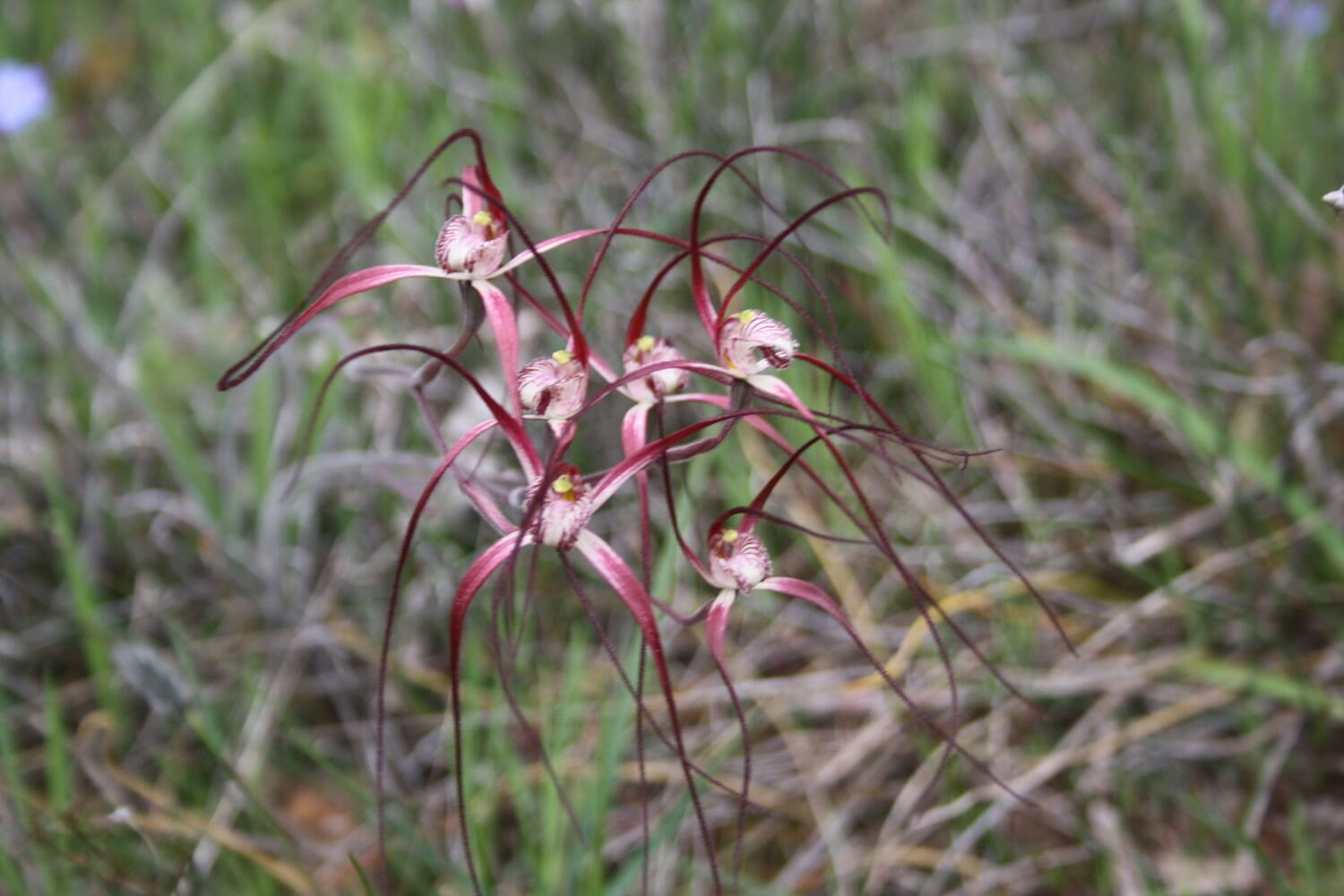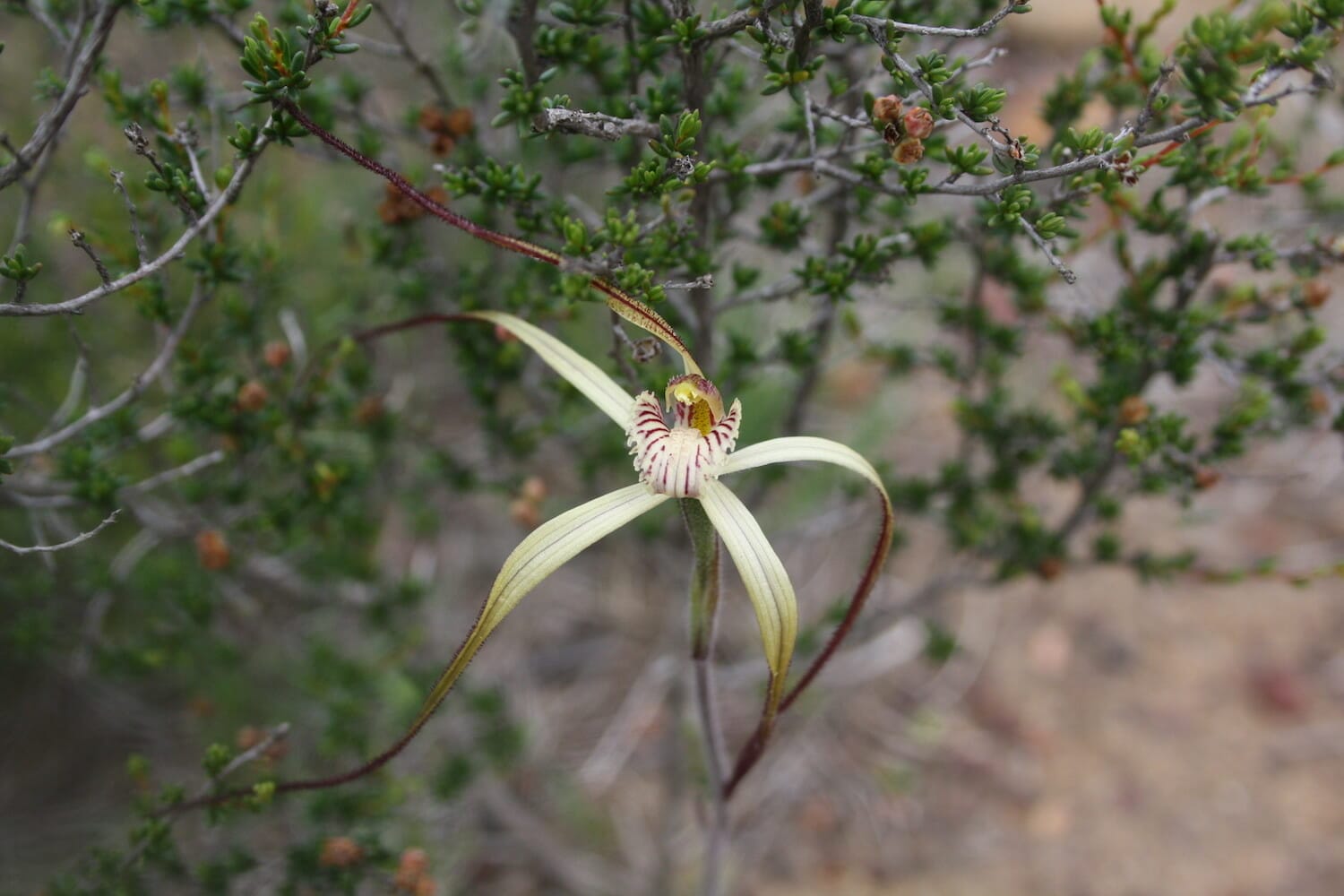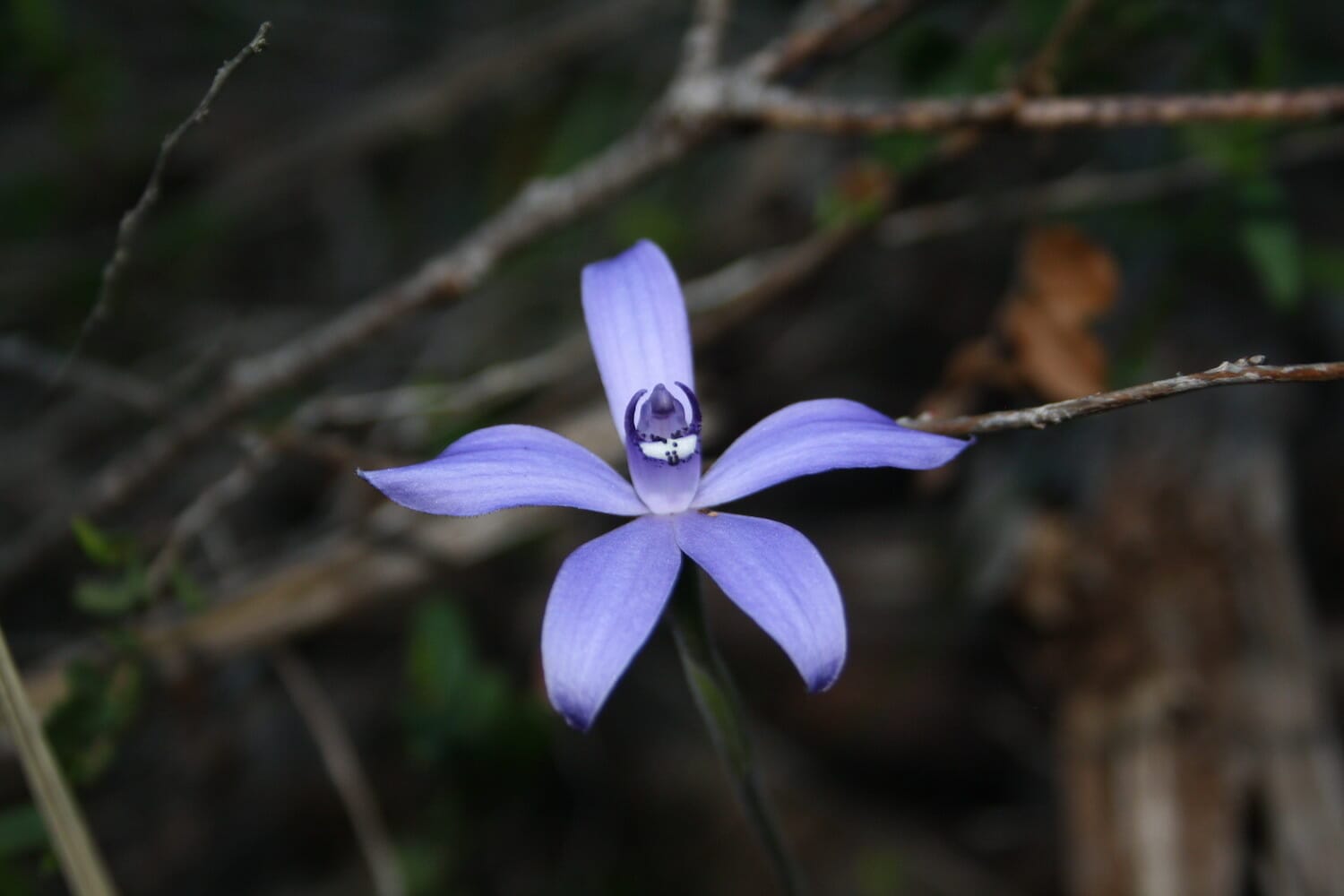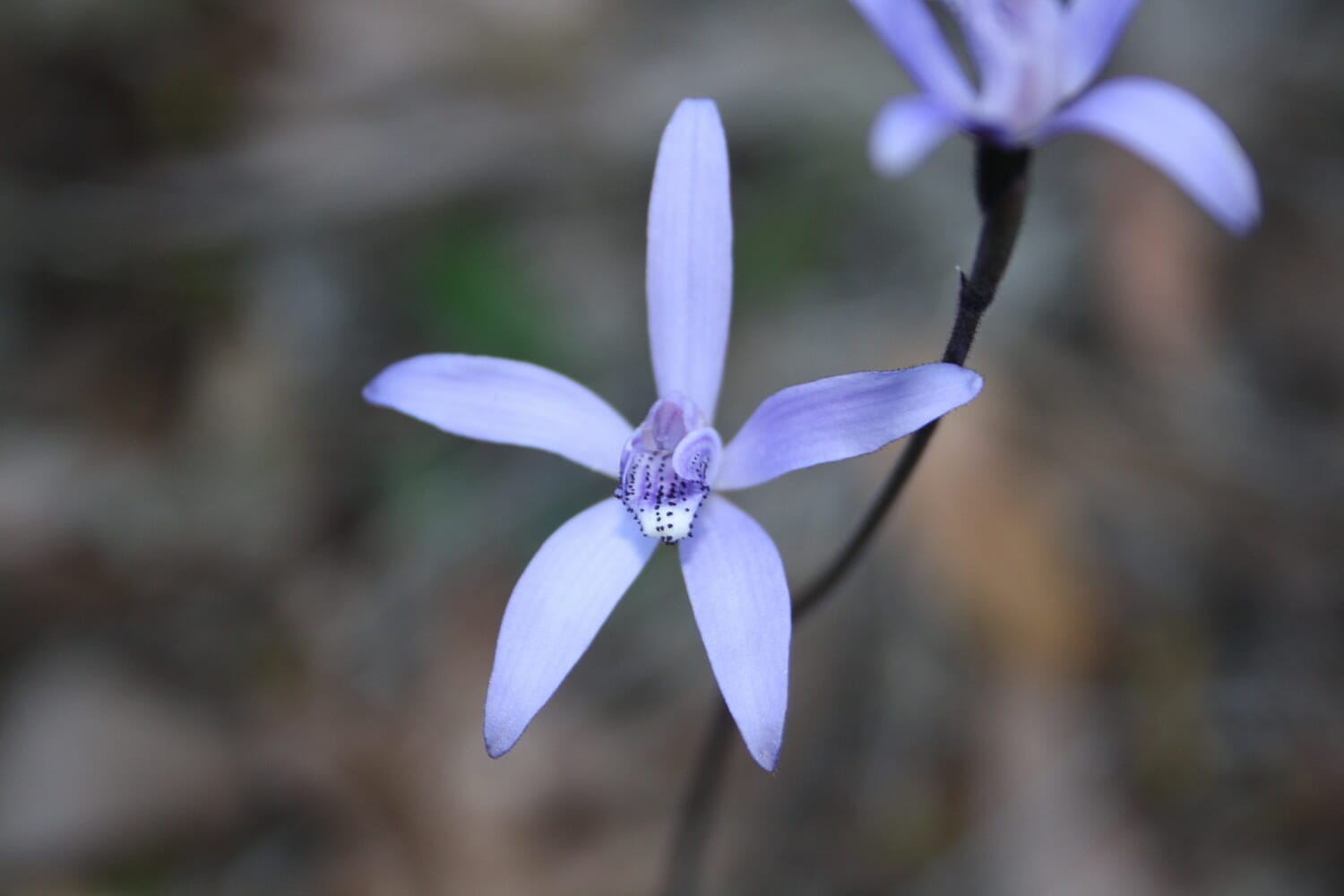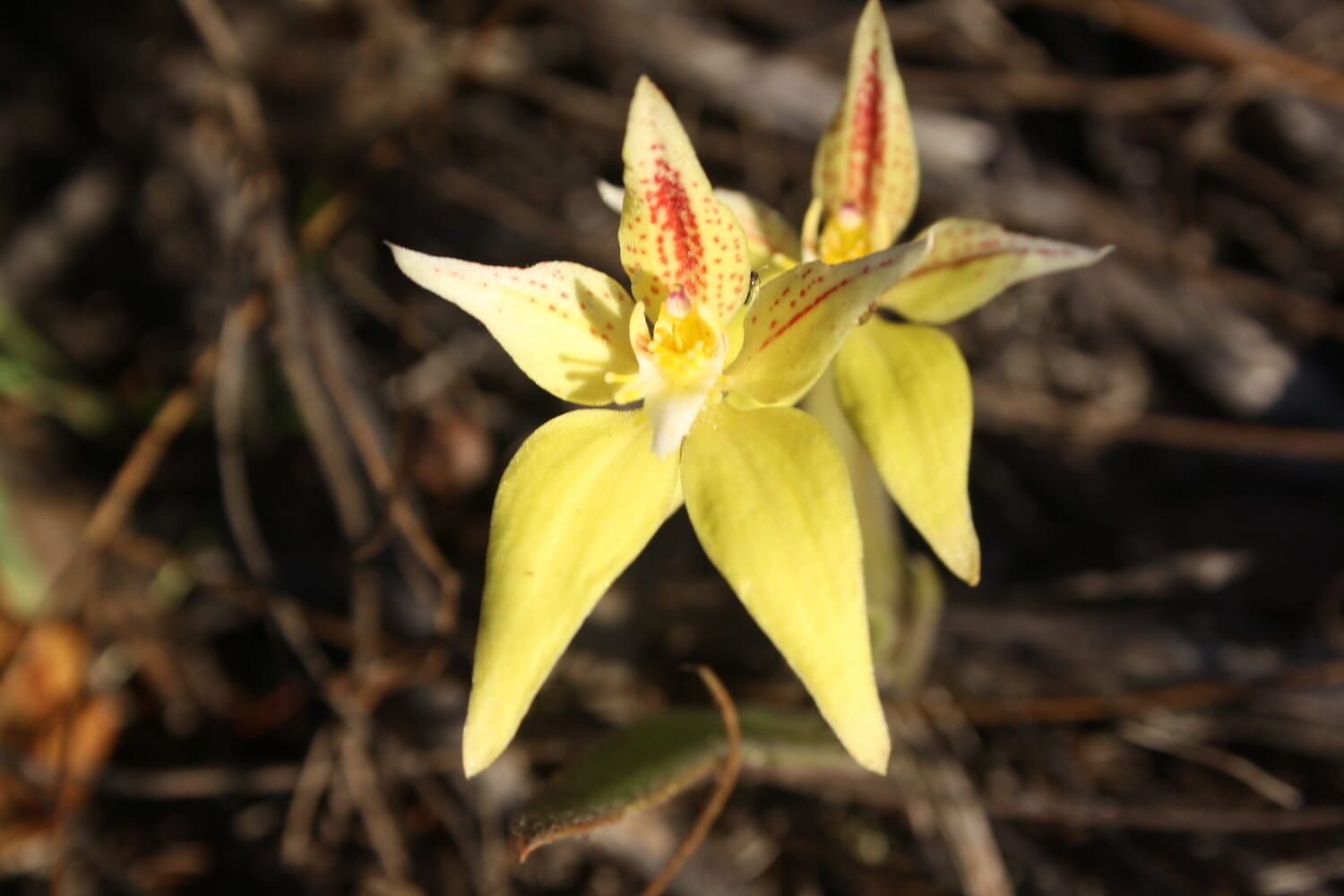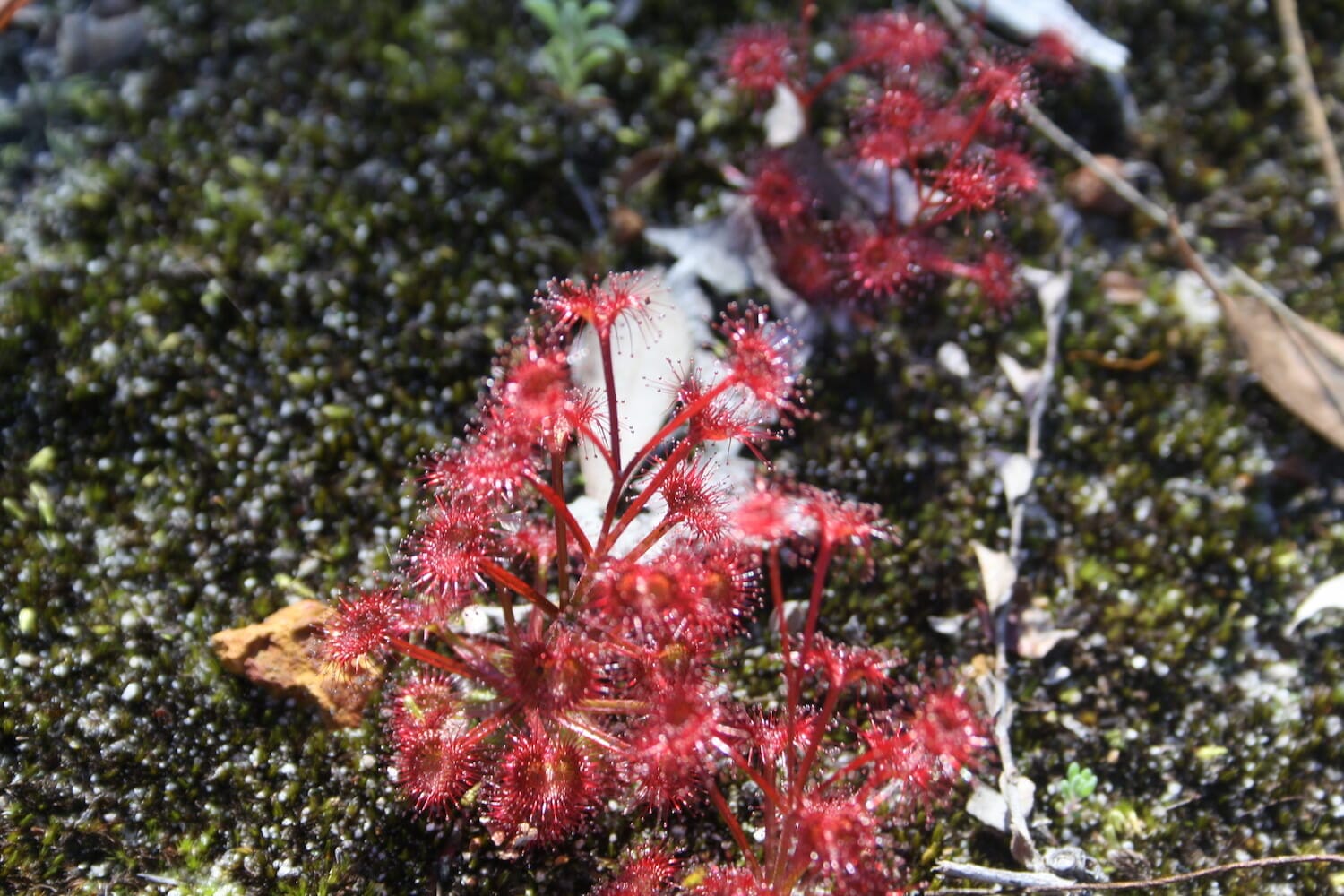Orchids in the Porongurups
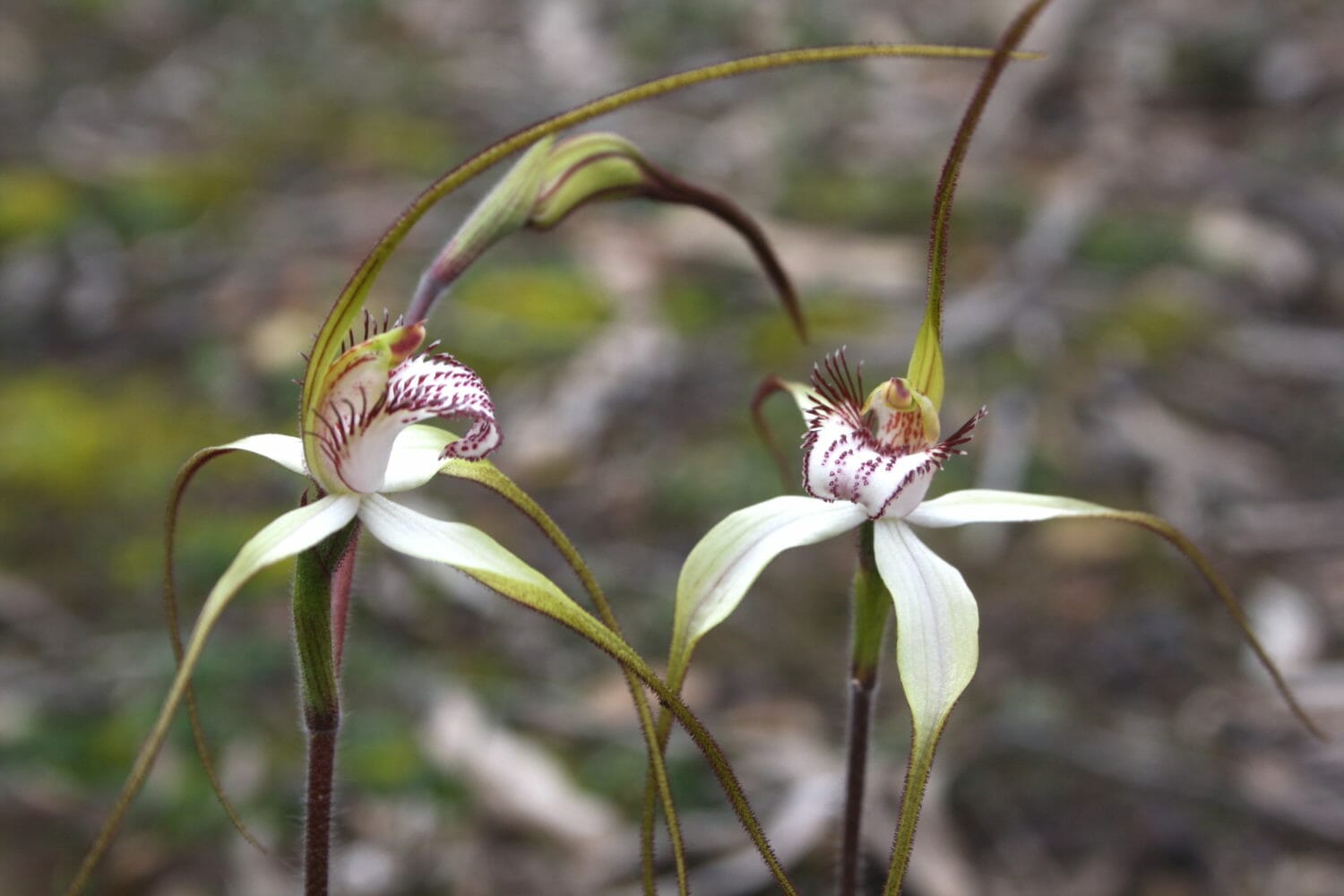
Wildflowers
Porongurup National Park has one of the richest varieties of plants in Australia with more than 700 native and 10 endemic species within the park’s 2,621 hectares. With its diverse wildlife, tall karri and open jarrah forests amongst massive granite domes, the park is a haven for birdwatchers, photographers and wildflower enthusiasts who are drawn by the sheer beauty of this place.
The high granite slopes are home to two plants endemic to the Porongurup Range. The Mountain Villarsia (Villarsia calthifolia now known as Ornduffia calthifolia), which is classed as endangered and Hibbertia bracteosa. Villarsia calthifolia was first noticed by Botanist James Drummond in 1843 who on Christmas Day gathered samples from crevices of the hummocks of granite rock called Stirling Castle on the very top of the Range (probably Twin Peaks) for shipment back to England. It is restricted to the Porongurup Range where it is found in moist sheltered positions on the upper slopes of granite outcrops, most populations occurring above 400m in altitude.
As part of an internationally recognised ‘biodiversity hotspot’ in the south-west region of Western Australia, Porongurup National Park contains an exceptionally high concentration of plants and animals in a relatively small area. Examples of plant groups which contribute to this outstanding richness include: flame-peas (Chorizema), rice flowers (Pimelea), native myrtles (Myrtaceae), kangaroo paws (Haemodorales) and banksias (Proteales).
Best time to visit
The best time to visit for wildflowers is in Spring, from August through to November. Some of the more common wildflowers are Purple Enamel Orchids, Cowslip Orchids, Blue Lady Orchids, Scarlet Flame Peas, Candlestick Banksias and Native Wisteria. iNaturalist is a great source of information on species reported. Change the filter on the top right to also show Birds, Reptiles etc.
Located only 5.7 kilometres from the Porongurup Inn (under 10 minutes drive) is the Twin Creeks Conservation Reserve, another haven for wildflowers especially Orchids. Read more about it on our Walking page.
